Nobel prize medals are not just awards. They carry rich histories that reflect the lives and times of their recipients. In some cases, the Nobel prize medals have not remained with their owners, or even the wider family. In 123 years of the Nobel prize, medals have been stolen, confiscated, dissolved, met with controversy and auctioned off. Here we explore the various fates of Nobel prize medals throughout their history.
While we’ve looked at many of the cases where the rightful owners had their medals taken away, it’s not unknown for laureates or their families to sell them. Since 2014, Nobel prize medals have started to be auctioned relatively frequently – before then only a few had been sold in the history of the prize.
The first chemistry Nobel prize medal to go under the hammer was that of Heinrich Wieland, who won the prize in 1927 for his investigations of the constituents of bile acids and related substances. His medal was sold at auction in 2015 for $395,000 (£301,000).
Laura Kirk, auction manager at Nate D. Sanders – an auction house in Los Angeles, US, that has auctioned a number of Nobel prize medals – says that in 2014 it reached out to Nobel prize winners because it believed the prize held value for collectors.
‘In February 2015 we auctioned economist Simon Kuznets’ prize for nearly $400,000,’ she says. ‘Since that sale, we’ve auctioned 13 Nobel prizes including Leon Lederman’s prize for $765,000. In 2024 we’ve auctioned Robert Curl Jr’s Nobel for $442,891 and Richard Synge’s Nobel for $187,500.’
Establishing a value for a Nobel prize is both an art and science, she says, but ultimately some Nobels capture the imagination of bidders more than others. ‘One of the most important factors is what the prize was won for: a discovery or invention that had a profound effect on scientific thought or led to applications that helped humankind are always valued the highest,’ says Kirk.
There are a variety of reasons why Nobel prize medals are auctioned off but usually it is the result of inheritance. ‘It’s not well known that in addition to the gold Nobel medal, the laureate also receives a replica medal of the same size made of bronze,’ says Kirk.
‘Families have told us that they appreciate having this bronze medal as a memory of the achievement without having to worry about insuring the gold medal or keeping it safe,’ Kirk explains. ‘The laureate also receives a Nobel certificate and, of course, they have memories of the event through photographs.’
The highest bid for a Nobel prize medal at auction is $103.5 million by an unnamed buyer, set by the sale of Russian journalist Dmitry Muratov’s 2021 Nobel peace prize medal in June 2022 to raise money for Ukrainian child refugees.
Prior to this, the most expensive Nobel prize medal sold at auction was James Watson’s 1962 Nobel prize in physiology or medicine medal, which sold for $4.76 million at Christie’s in 2014.
This was the first medal to be sold by a living recipient – Watson is reported to have said that he decided to sell the medal to allow him to ‘re-enter public life’ after being shunned for making controversial remarks about race in an interview with the Sunday Times in 2007.
He said he planned to donate the proceeds to the University of Chicago, Clare College at the University of Cambridge, Cold Spring Harbor Laboratory, Long Island Land Trust and other charities. The medal was bought by a Russian billionaire Alisher Usmanov who later returned it to Watson.
However, not all medals that go for auction sell. Recently, 1966 chemistry Nobel prize winner Robert Mulliken’s medal failed to attract any bids, and previously the chemistry prize medals of George de Hevesy (1966 winner) and Francis Aston (1922 winner) received no bids.
‘It’s unusual that Nobels receive no bids,’ Kirk says. ‘Robert Mulliken’s prize was the only one we’ve auctioned that passed.’
‘Auction sales are sometimes unpredictable in both that it could sell for a very high amount or sometimes it doesn’t sell. We’ve been auctioning Nobels so long though – for nearly 10 years – that we have a good sense of what they will sell for.’










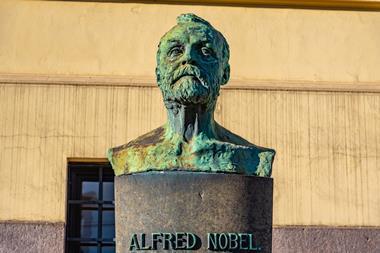
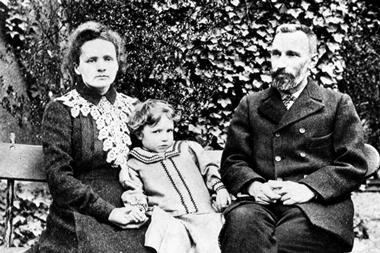
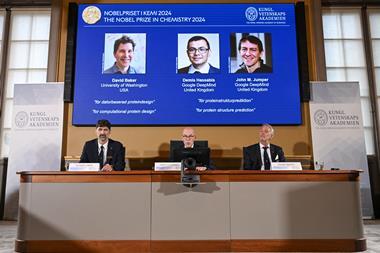

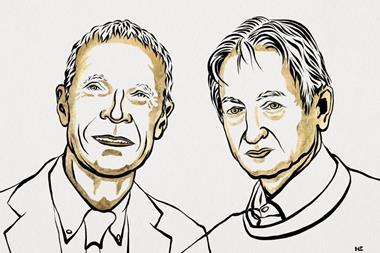
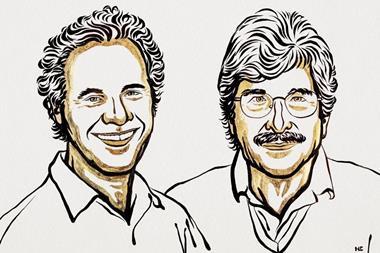






1 Reader's comment